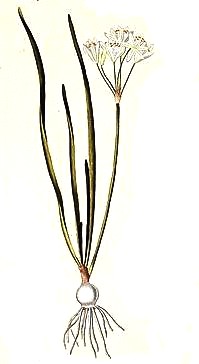
Nothoscordum is a genus of New World plants in the onion tribe within the Amaryllis family. It is probably paraphyletic. The genus is native to North and South America, though a few species have become naturalized in various parts of the Old World.
Departments form the second level of administrative division, and are subdivided in municipalities. They are extended in all of Argentina except for the Province of Buenos Aires and the Autonomous City of Buenos Aires, the national capital, each of which has different administrative arrangements.
Postal codes in Argentina are called códigos postales. Until 1998 Argentina employed a four-digit postal code for each municipality, with the first digit representing a region in the country, except in the case of the city of Buenos Aires. The unique codes became the base for the newer system, officially called CPA.
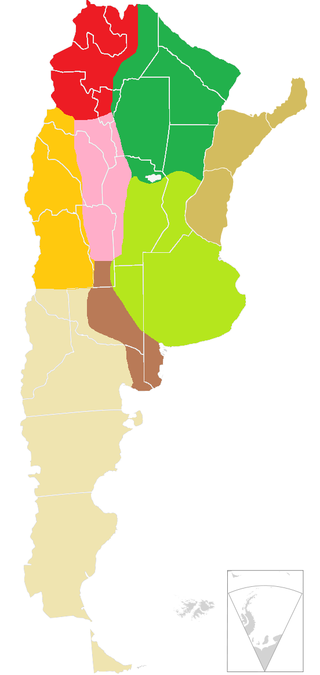
The provinces of Argentina are often grouped into eight geographical regions.
The following lists events that happened during 2000 in Argentina.
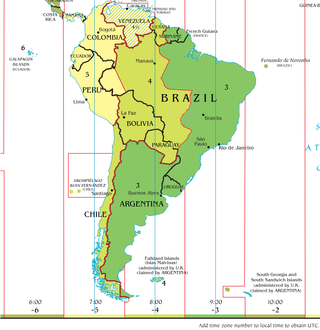
Argentina is located at a longitude that would naturally put it in the UTC−04:00 or UTC−05:00 time zone; however, it actually uses the UTC−03:00 time zone. Argentina determines whether to observe daylight saving time on a year-by-year basis, and individual provinces may opt out of the federal decision. At present, Argentina does not observe daylight saving time.
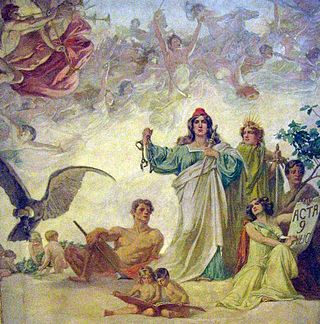
What today is commonly referred as the Independence of Argentina was declared on July 9, 1816, by the Congress of Tucumán. In reality, the congressmen who were assembled in Tucumán declared the independence of the United Provinces of South America, which is one of the official names of the Argentine Republic. The Federal League Provinces, at war with the United Provinces, were not allowed into the Congress. At the same time, several provinces from the Upper Peru that would later become part of present-day Bolivia, were represented at the Congress.

LRA Radio Nacional, also known as Radio Nacional Argentina, is the Argentine national radio station, and part of the national public media system. It started transmitting in 1937 as LRA Radio del Estado and changed its name to the current one in 1957. Since 1949, National Radio is also in charge of the Radiodifusión Argentina al Exterior, an international service that broadcasts in numerous languages.
The Congress of Tucumán was the representative assembly, initially meeting in San Miguel de Tucumán, that declared the independence of the United Provinces of South America on July 9, 1816, from the Spanish Empire.
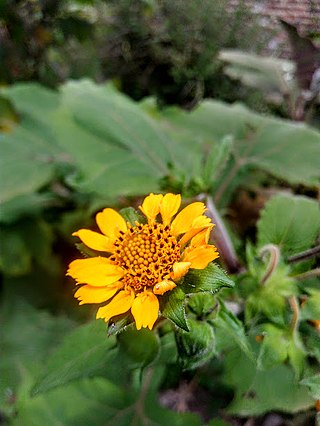
Microliabum is a genus of South American flowering plants in the family Asteraceae.
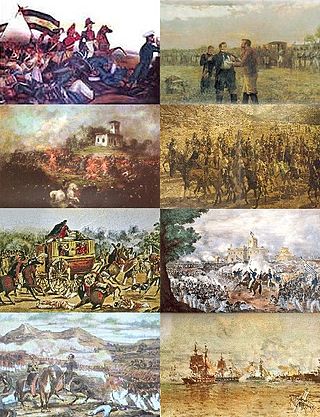
The Argentine Civil Wars were a series of internecine wars that took place in Argentina from 1814 to 1876. These conflicts were separate from the Argentine War of Independence, though they first arose during this period.
Events from the year 2012 in Argentina
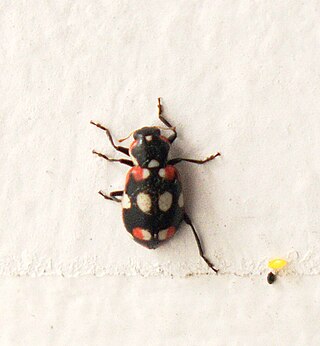
Eriopis connexa is a widespread species of ladybird beetle in South America.
Events from the year 1998 in Argentina

Aeropuertos Argentina 2000 S.A., sometimes abbreviated as AA2000, is a company based in the city of Buenos Aires that operates 35 airports in Argentina.
Events from the year 1990 in Argentina
Events in the year 2022 in Argentina.
Events in the year 2023 in Argentina.








